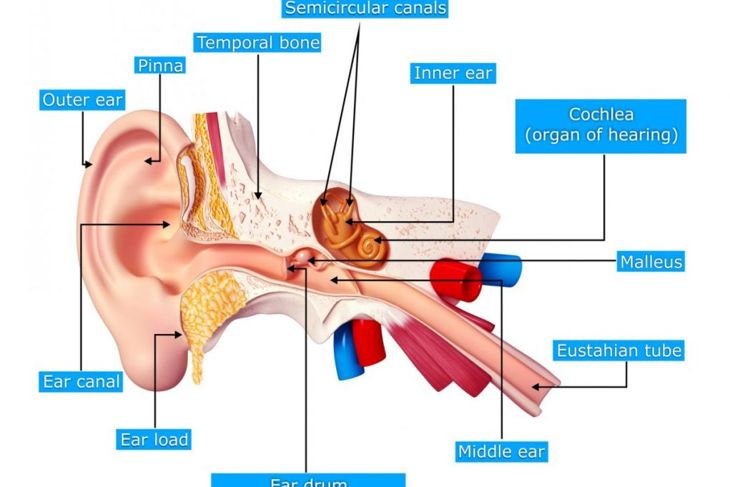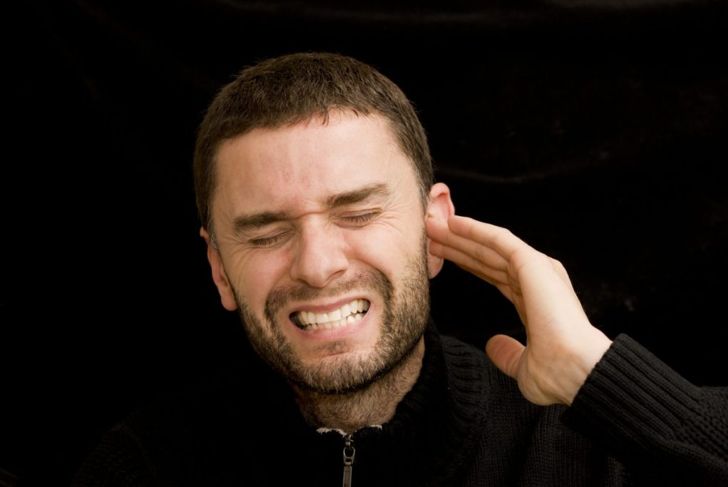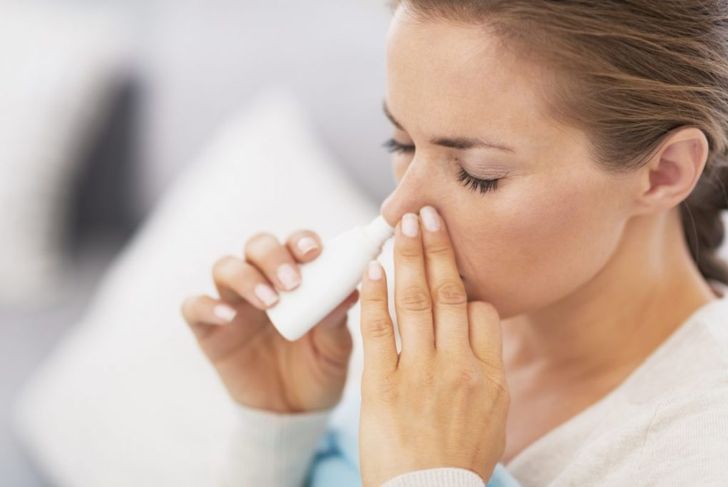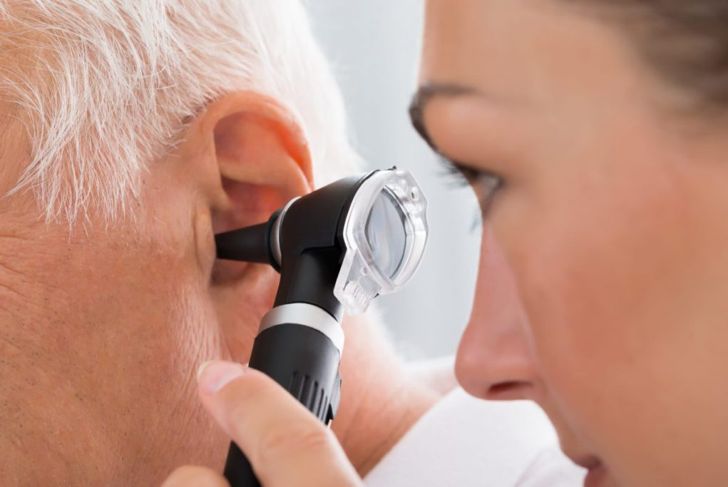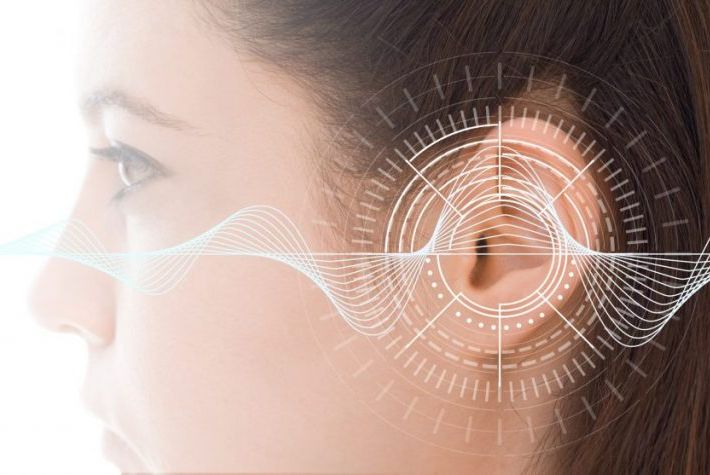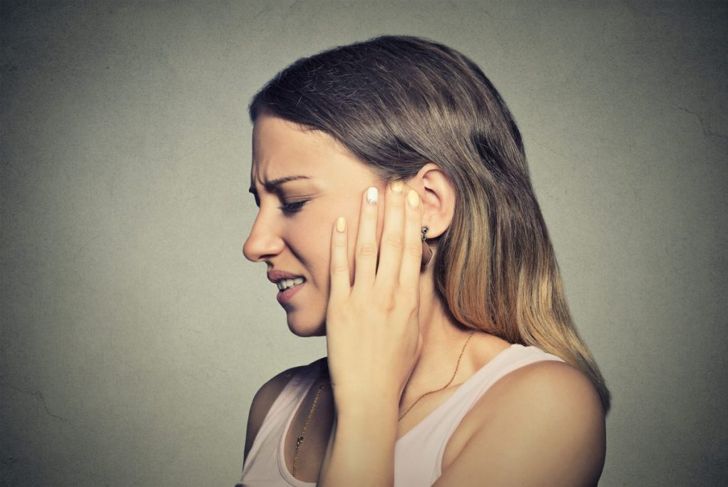The eustachian tube is the canal in the ear that connects the middle ear or central cavity to the nasopharynx, which includes the upper throat and back of the nasal cavity. The eustachian tube ensures the air pressure within the middle ear is equal to the air pressure outside of the ear. At complete rest, the eustachian tube remains closed. However, it opens up during actions such as yawning, swallowing, and chewing, to allow air to pass through. Problems arise when the eustachian tube fails in equalizing pressure.
What is eustachian tube dysfunction?
Sometimes the eustachian tube fails at its primary job of equalizing pressure between the middle ear and the air pressure outside of the body. Because the canal of the eustachian tube is very thin, it is prone to blockage and may get plugged for various reasons. This occurrence is called eustachian tube dysfunction or ETD. This occurrence results in a variety of symptoms but usually goes away on its own. A variety of preventions and treatments aid in preventing or lessening the effects of ETD.
What are the symptoms of eustachian tube dysfunction?
For the most part, symptoms of eustachian tube dysfunction are mild and go away on their own. However, if symptoms worsen or do not cease, consult your doctor. Symptoms include the feeling that your ears are plugged or full, with reduced or muffled hearing. You may feel a popping or clicking in the ear, as well as pain or ringing in one or both ears. ETD may also affect your balance. Symptoms may heighten with altitude increases but should calm back down once you return to your normal altitude.
What ailments contribute to eustachian tube dysfunction?
During cold and allergy season you may experience a higher rate of eustachian tube dysfunction. The common cold and allergies cause inflammation in the ear canal, which can also become clogged or blocked by mucus from allergies or illnesses. Sinus infections also have a high correlation to ETD. Preventing or treating the underlying medical condition will have a positive effect on eustachian tube dysfunction.
How does altitude affect ETD?
Flying in an airplane brings about a rapid change in air pressure. This causes the eustachian tube to go into overdrive, working hard to open wider and more frequently to equalize the pressure between the middle ear and the airplane cabin. Sometimes, this results in eustachian tube dysfuncion, which is typically temporary and ceases once you return to normal altitude. Other activities that can trigger altitude-related ETD are hiking, diving deep in a body of water, climbing mountains, or riding in an elevator.
What are the risk factors?
Anyone is susceptible to temporary bouts of eustachian tube dysfunction. However, some characteristics are indicative of a higher risk of chronic ETD. Smoking cigarettes harms the cilia or small hairs in the ear that drain mucus from the ears to the nose. When the cilia are damaged, mucus may accumulate, making ETD more likely. Obesity also correlates to a higher risk of eustachian tube dysfunction. Fatty deposits may develop around the tube, increasing the chance of blockages and causing the tube to work less efficiently.
Why are children more prone to ETD?
By the age of seven, at least 70% of children have experienced eustachian tube dysfunction. Children are at a greater risk of developing ETD for two reasons. First, children’s tubes are narrower than adults and are thus more susceptible to blockage and inflammation. And, because children’s immune systems are typically weaker than adults’, the former are more likely to get colds and other illnesses that contribute to eustachian tube dysfunction.
Are there any home remedies?
Several home remedies may be effective in treating ETD, especially when it is minor and not related to an underlying illness. Chewing gum, swallowing, and yawning can normalize ear pressure. A nasal spray may aid in clearing out passageway. It is important to note that doctors strongly recommend against using ear candles. There are no proven benefits to ear candling and many associated risks.
What treatment can the doctor provide for ETD?
If eustachian tube dysfunction does not go away or the symptoms worsen, a doctor may prescribe antibiotics, which treat the underlying condition and help reduce inflammation. There are also more invasive treatments for people with severe ETD. The doctor may make a small incision in the eardrum and suction the fluid out from the middle ear. Or, he or she may implant pressure equalization tubes to help the eustachian tube successfully equalize pressure.
What complications are associated with ETD?
While most bouts of eustachian tube dysfunction are temporary and may be fixed by treating the underlying condition, ETD could cause other complications such as middle ear infections. It can also lead to a large buildup in the middle ear that may result in hearing loss. Eardrum retraction, wherein the eardrum is sucked back further into the canal, is also possible.
What is the prognosis for ETD?
Most cases of eustachian tube dysfunction come from allergies or the common cold and disappear within a few days. Treatment is not necessary for the majority of these cases. ETD caused by infection may last longer, up to several weeks. In these instances, treating the underlying cause will likely treat the ETD itself. If your ETD persists or becomes unbearable, consult your doctor for diagnosis and possible treatment.

 Home
Home Health
Health Diet & Nutrition
Diet & Nutrition Living Well
Living Well More
More